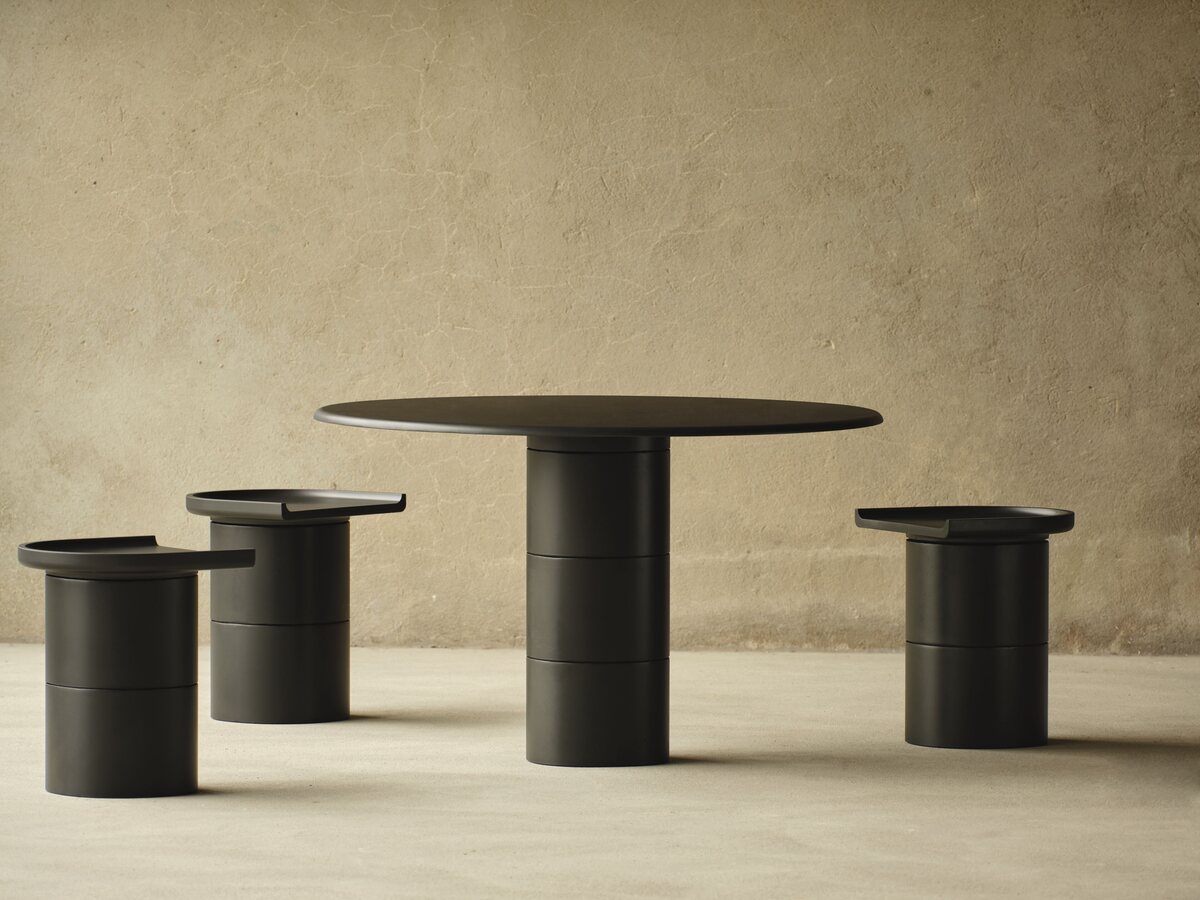A minimal dining space isn’t empty — it’s intentional. Every element has a purpose, from the table finish to the way light falls across a chair. At Furnistør, we believe dining rooms should feel warm, clear, and human — not cold or clinical.
Whether you’re starting fresh or refining your setup, here are some ways to create a space that’s both minimal and inviting.
Start with the table — and let it breathe
In minimal interiors, the dining table is the anchor. Choose one with simple geometry and strong materiality. Solid oak, ash, or walnut works beautifully — especially when left matte or lightly oiled.
Give the table space around it. Let it stand on its own without crowding it with decor. If your room is small, consider a round table to keep flow soft and organic.
Avoid tablecloths or covers that hide the texture. Instead, allow the material to show — grain, knots, or tone variations all add to the atmosphere.
Choose seating that complements, not competes
Minimal doesn’t mean matching — it means balancing. Pair your table with chairs that share a similar material or tone but offer contrast in shape. For example, combine a rectangular table with curved backrests or tapered legs.
If your table is wood, consider *linen or leather seating*. This brings tactile softness without adding clutter. Avoid chairs with bulky silhouettes — look for designs that feel open, sculptural, and light.
For longer tables, a bench on one side can offer visual simplicity and reduce visual noise. Just ensure the bench doesn’t exceed the table length — small spacing matters here.
Lighting, textures, and final details
Light is essential in minimal dining spaces. We recommend hanging a single pendant above the center of the table — ideally with a soft diffuser to spread light evenly. Avoid exposed bulbs or overly bright tones. Warm white (around 2700K) is ideal.
Surround the space with *natural textures*. This could be sheer curtains, a clay vase, or a quiet linen runner. Keep decor sparse but meaningful — a single bowl or candle is more powerful than a cluttered centerpiece.
And finally, pay attention to the flooring. A minimal space benefits from a visible floor perimeter. If you use a rug, make sure it extends well beyond the chairs and sits low in pile to avoid visual heaviness.
Minimal dining is not about what you remove — it’s about what you choose to keep. When each piece feels intentional, the whole room feels calm. Start with our dining collection and build slowly — the best spaces take time.

 Elementor
Elementor

3 Comments
Join the discussion and tell us your opinion.
Minimalism doesn’t mean lack — it means intentionality. This explained it so clearly.
We need more content like this that makes minimalism approachable.
Totally — it’s not about owning less, but about living better.